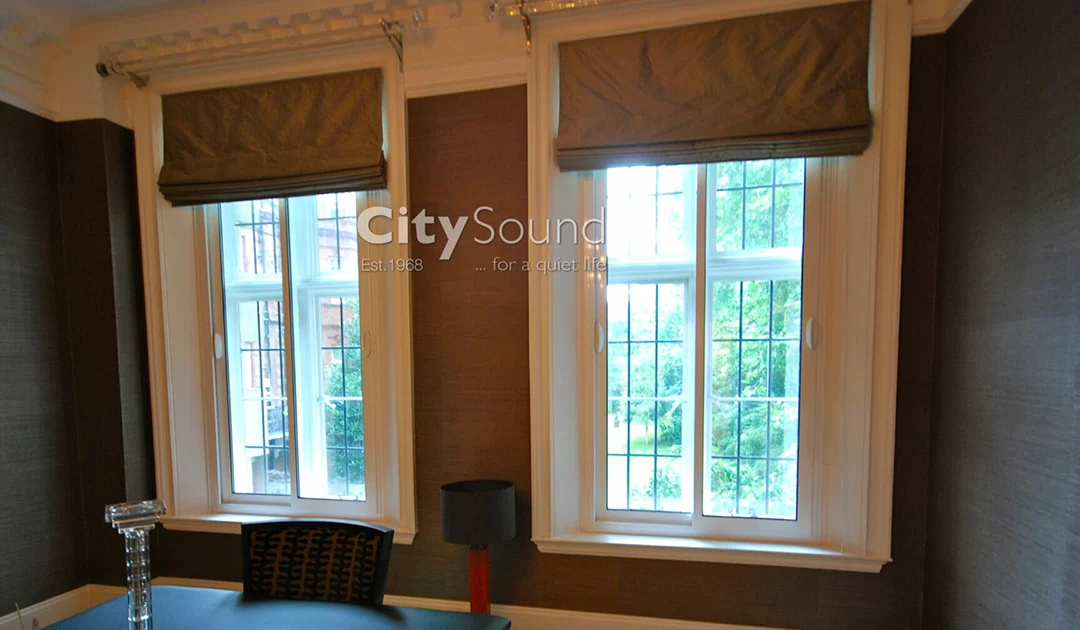
Living in heritage properties comes with a wealth of benefits, but your home’s status can cause a few obstacles when it comes to making improvements. If looking to update the windows, secondary glazing listed buildings are usually the answer.
Secondary glazing listed buildings benefit from increased heat and sound insulation while also helping to combat condensation. So, how should you go about updating your property in this way? Here’s all you need to know.
Step 1: Establish Your Budget
Before starting any home upgrade project, you need to know what is possible with your budget. Secondary glazing is around 25% cheaper than double glazing, which instantly helps reduce your expenses. Meanwhile, installations on secondary glazing listed buildings are no harder than a normal building.
Listed buildings can vary greatly in size and style, which makes it difficult to provide an accurate estimate without seeing the property itself. However, secondary glazing installations for the average three-bed home can cost between £5,000 and £8,000 (as per Winter 2022), which can provide some guidance.
Even if you plan to take out a loan for the upgrade, it’s important to set your budget before moving on to pricing up the proposed project.
Step 2: Research Secondary Glazing Types
Grade-listed buildings do not have to adhere to the same regulations regarding energy efficiency. As such, this technically opens the door to all secondary glazing window styles. However, it should be noted that building works on graded properties should be made to match the original features.
Materials and finishing should be ‘like for like’. Therefore, it is important to research sash windows, horizontal sliding windows, lift-out windows, and casement secondary glazing. Vertical opening sash windows are a common choice for secondary glazing listed buildings.
Once the right style is selected to match the primary windows of your graded listed building, finding compact frames and other features to preserve the look of the home is easy.
Step 3: Get Consent
Before completing any significant upgrades on a listed building, you must first confirm that you are legally allowed to do this. Otherwise, you may be guilty of a violation, which could result in significant fines or being forced to restore the property to how it was before the works took place.
You can acquire a Listed Building Consent Form from your local authority. If living in a conservation area, you may also be required to complete a form in relation to this. Generally speaking, a listed building consent is granted within 8 weeks of making the application.
Better still, secondary glazing is one of the easier projects to gain acceptance for. In some cases, you won’t even need permission. You can boost your hopes further by working with a secondary glazing expert that uses discreet frames and will support you with the application.
Step 4: Hire A Secondary Glazing Specialist
When dealing with secondary glazing for listed buildings, it is imperative that you hire a reliable contractor. This ensures that the work is completed promptly and in an effective way that protects the look of your property. City Sound Glazing works closely with clients to ensure that the right choices are made and transparency is provided throughout.
Moreover, our slimline frames are perfectly suited for secondary glazing listed buildings. They are available in dozens of colours to ensure that a perfect match can be found while snug fittings aid the performance in relation to sound and heat insulation.
In situations where a Listed Building Consent form is required, we can support you through this. Crucially, every aspect of the installation will be completed to the highest standards to satisfy the unique demands of the building as well as your personal tastes.
Step 5: Take Care Of Your Secondary Glazing
Completing a secondary glazing installation on your grade-listed building is one thing, but the responsibility doesn’t end there. Thankfully, cleaning secondary glazing isn’t difficult, especially when the panels can lift out. In fact, you should only need to clean them a handful of times each year using soap water and suitable cloths.
You can also inspect the tracks on sliding windows for signs of damage. In truth, all of the materials are durable. So, it is unlikely that you will encounter problems. Any signs of cobwebs or dust should also be removed at the earliest stage.
Finally, if you protect the primary windows, it will aid the secondary windows and vice versa. From reducing the humidity inside your rooms to potentially protecting primary windows from the outside, a little care goes a long way.

